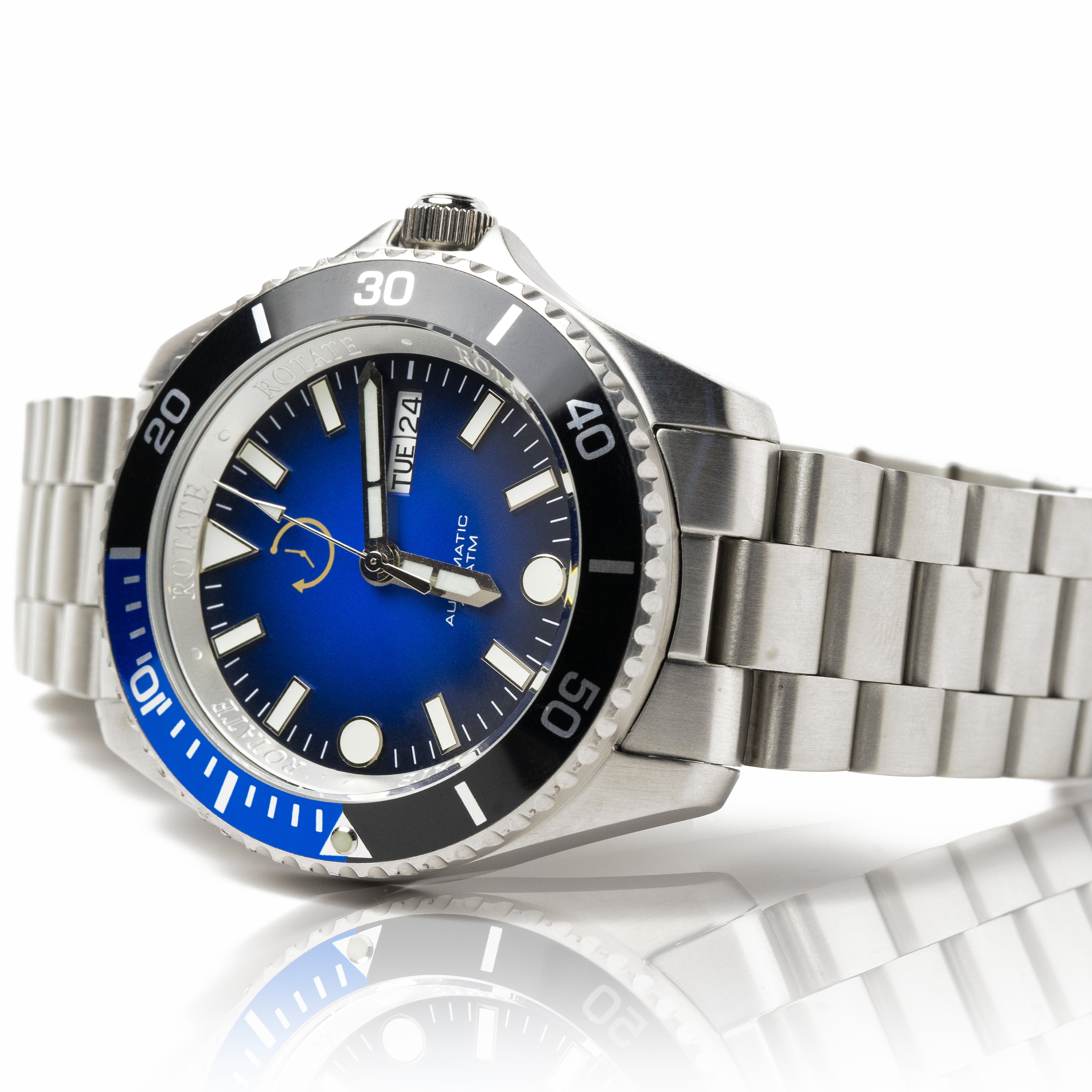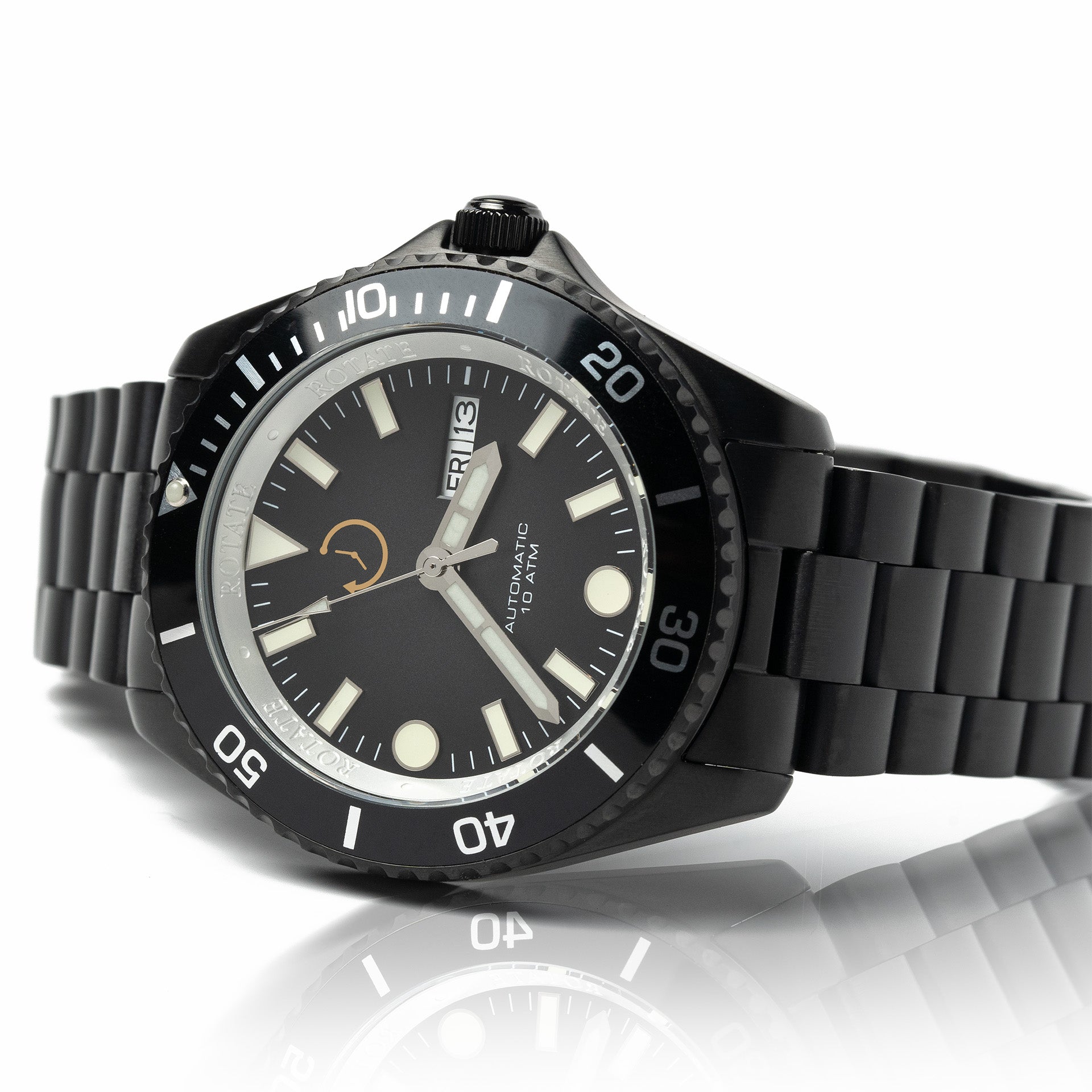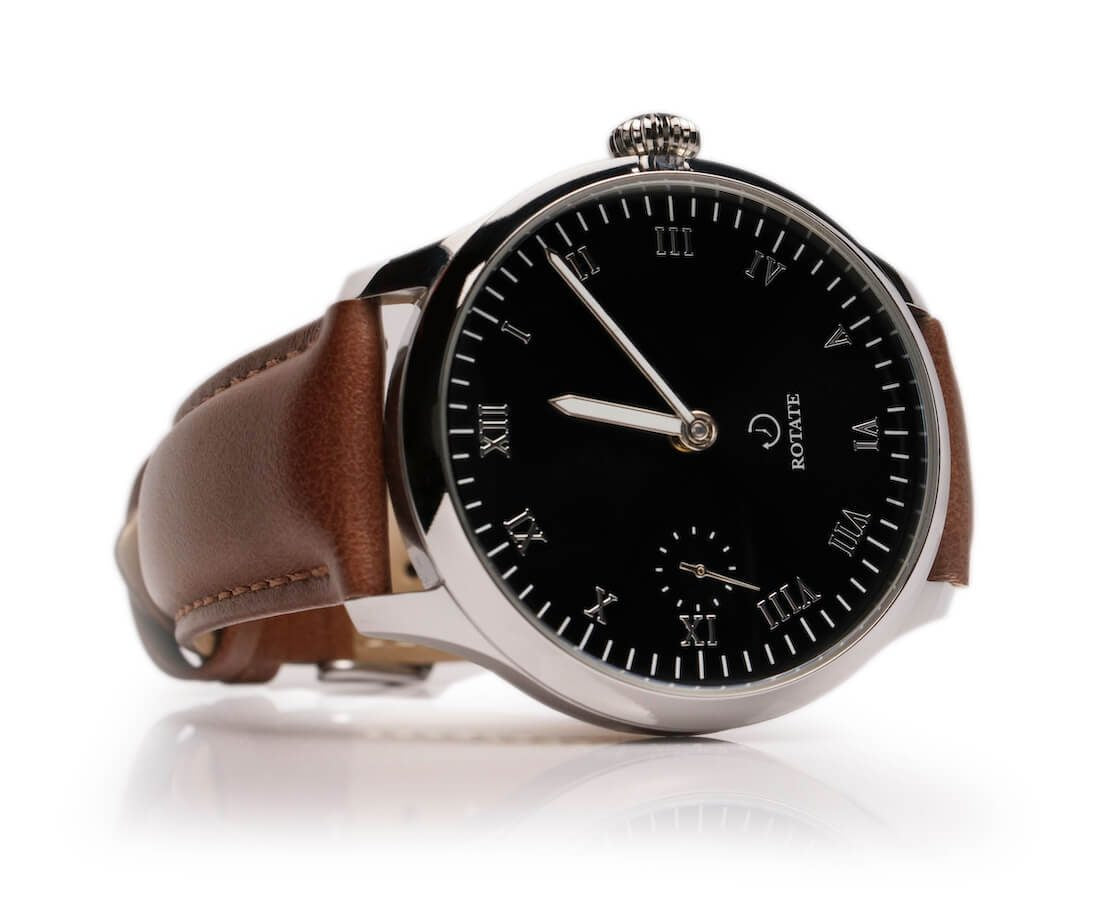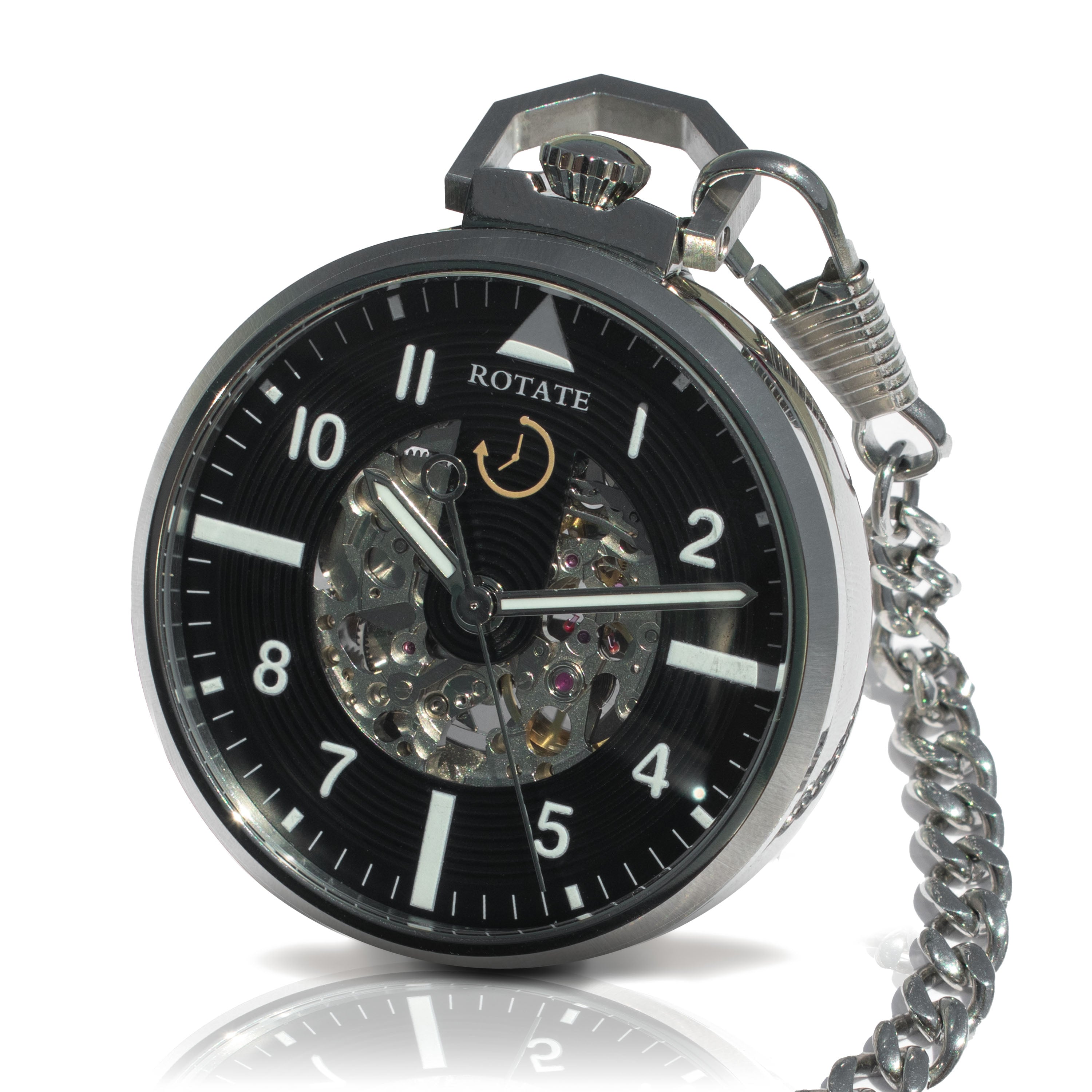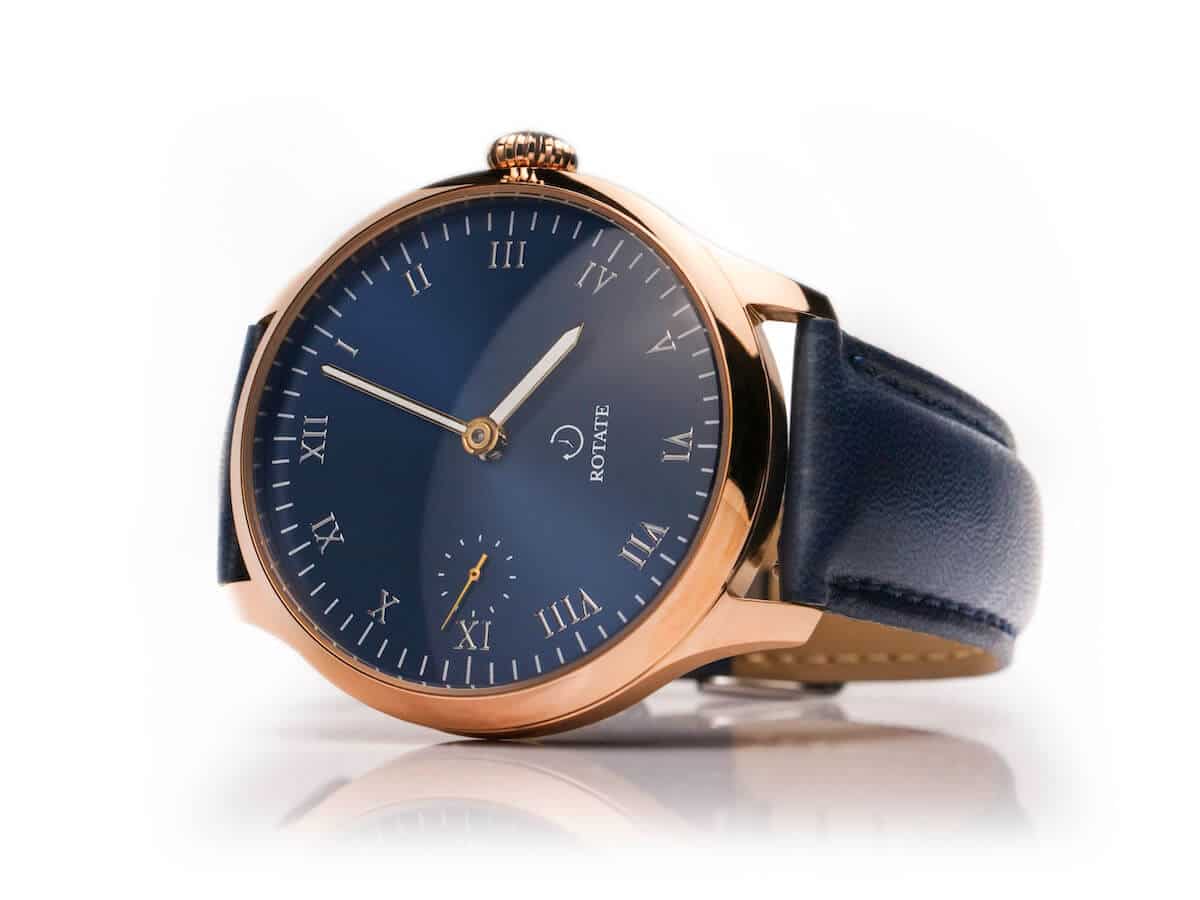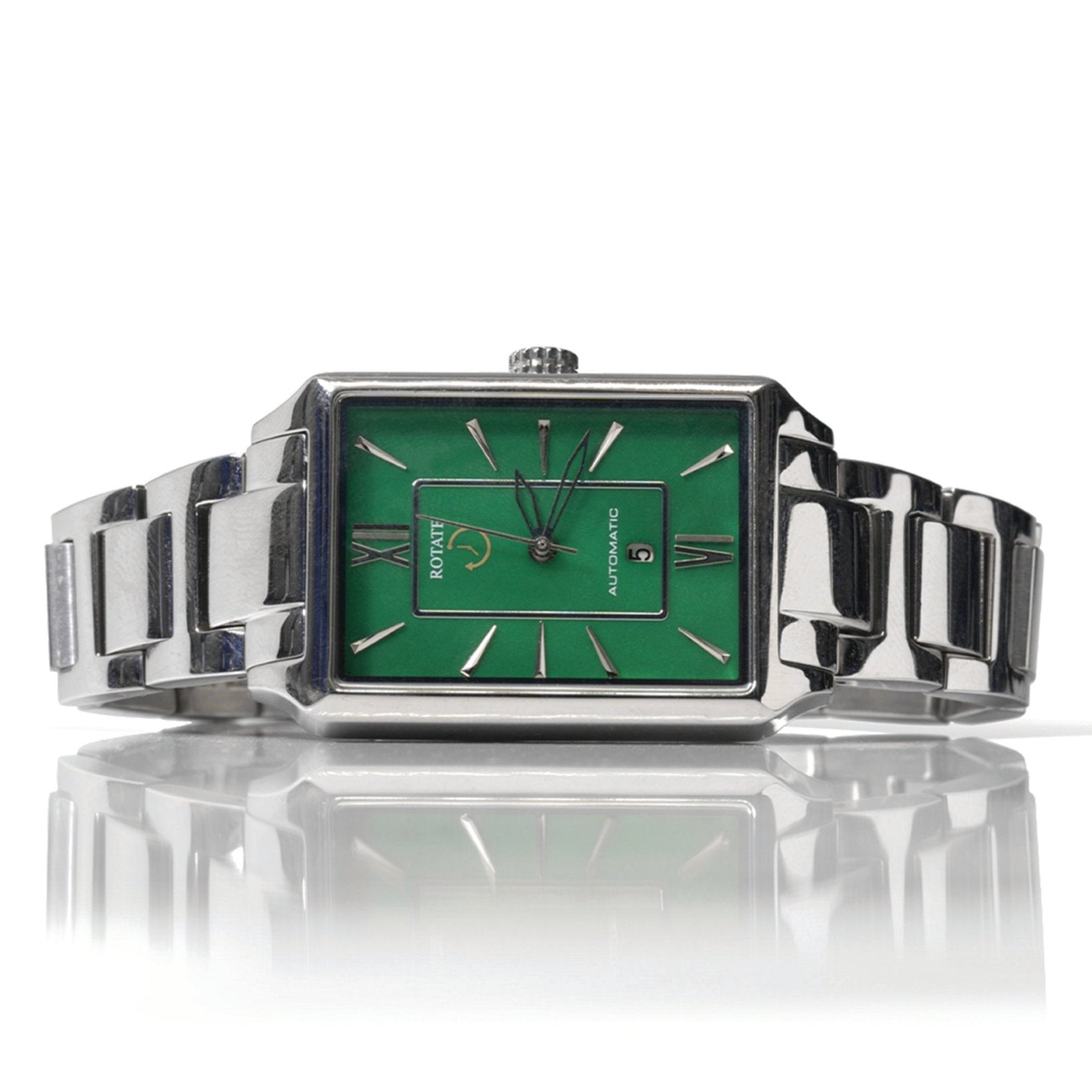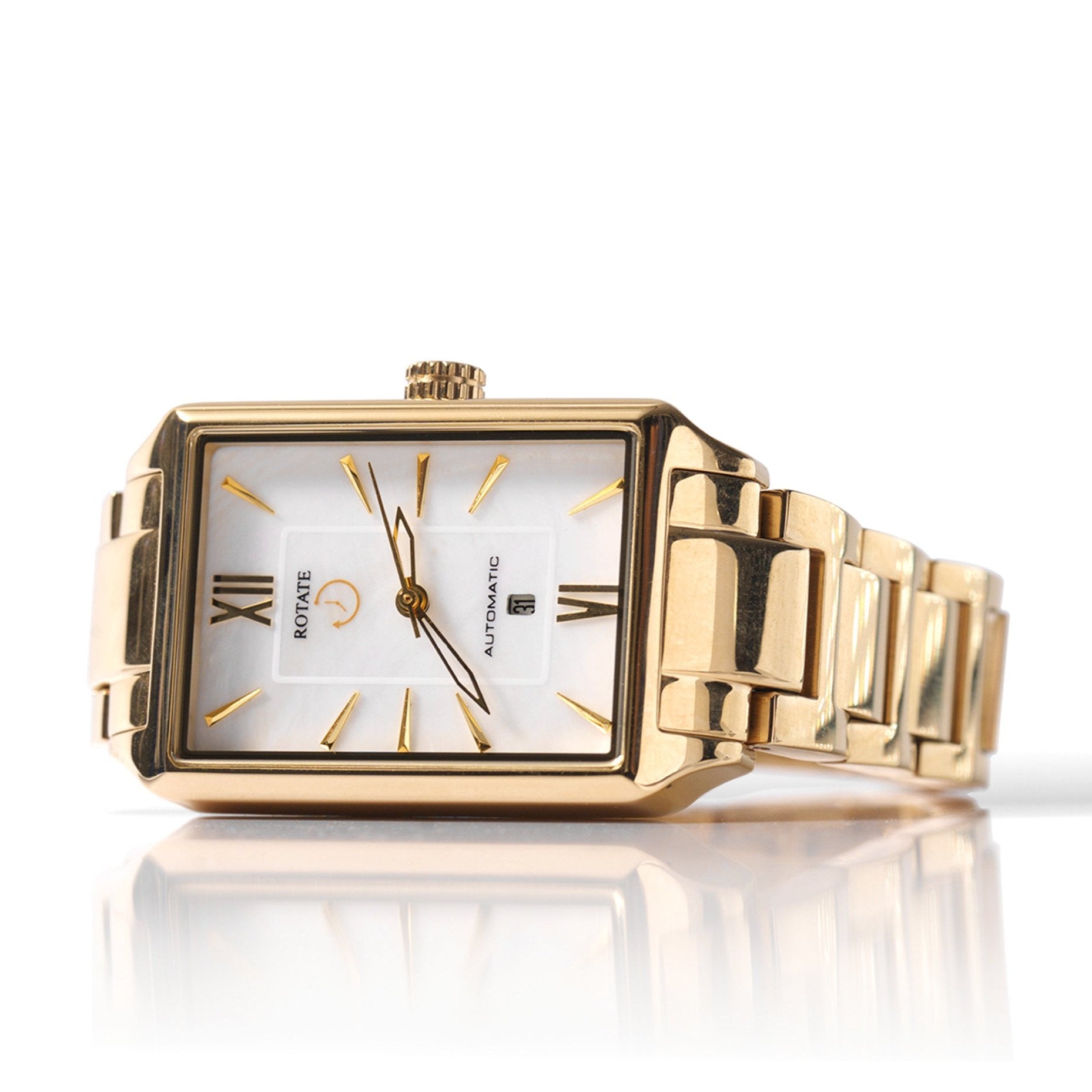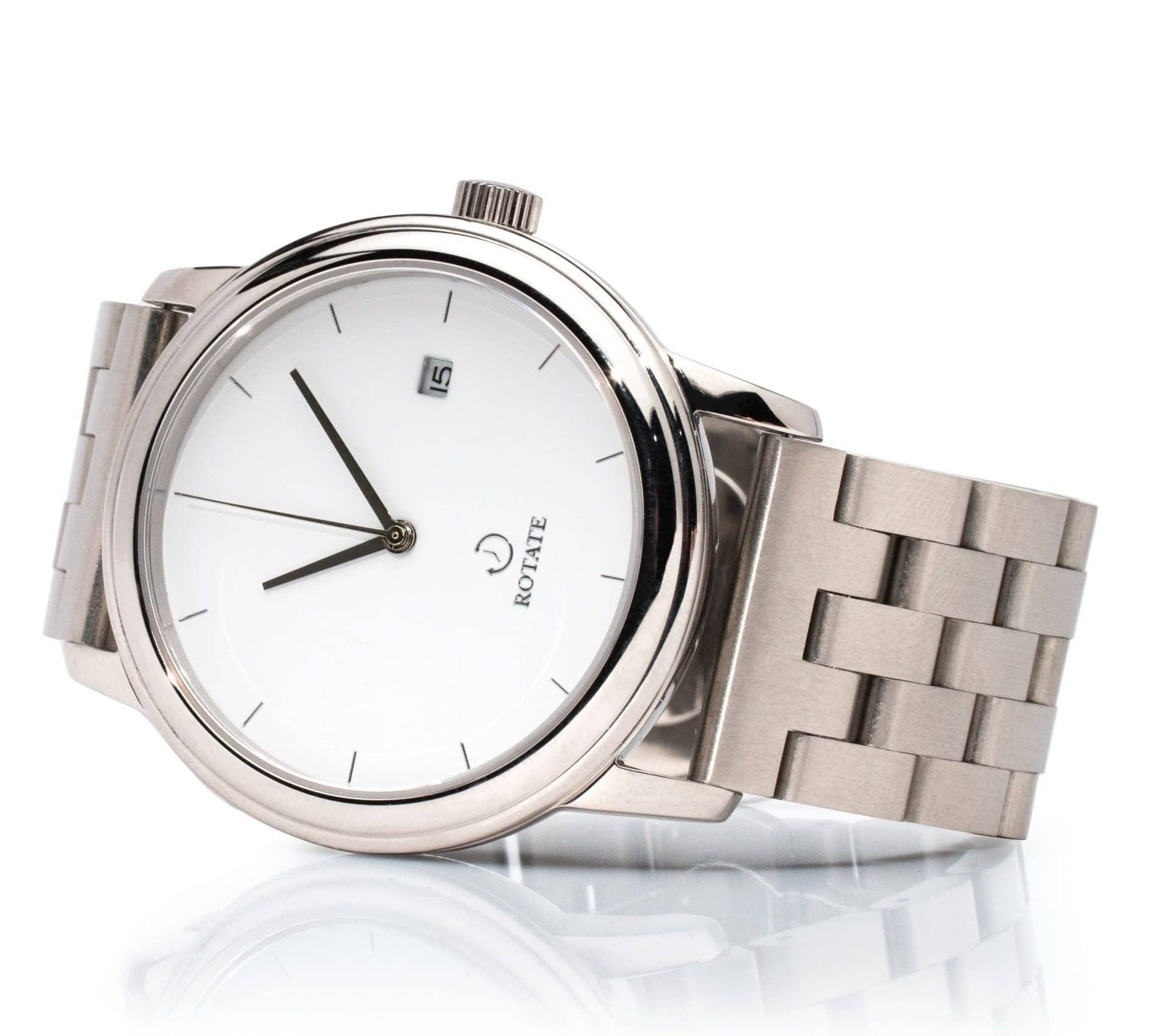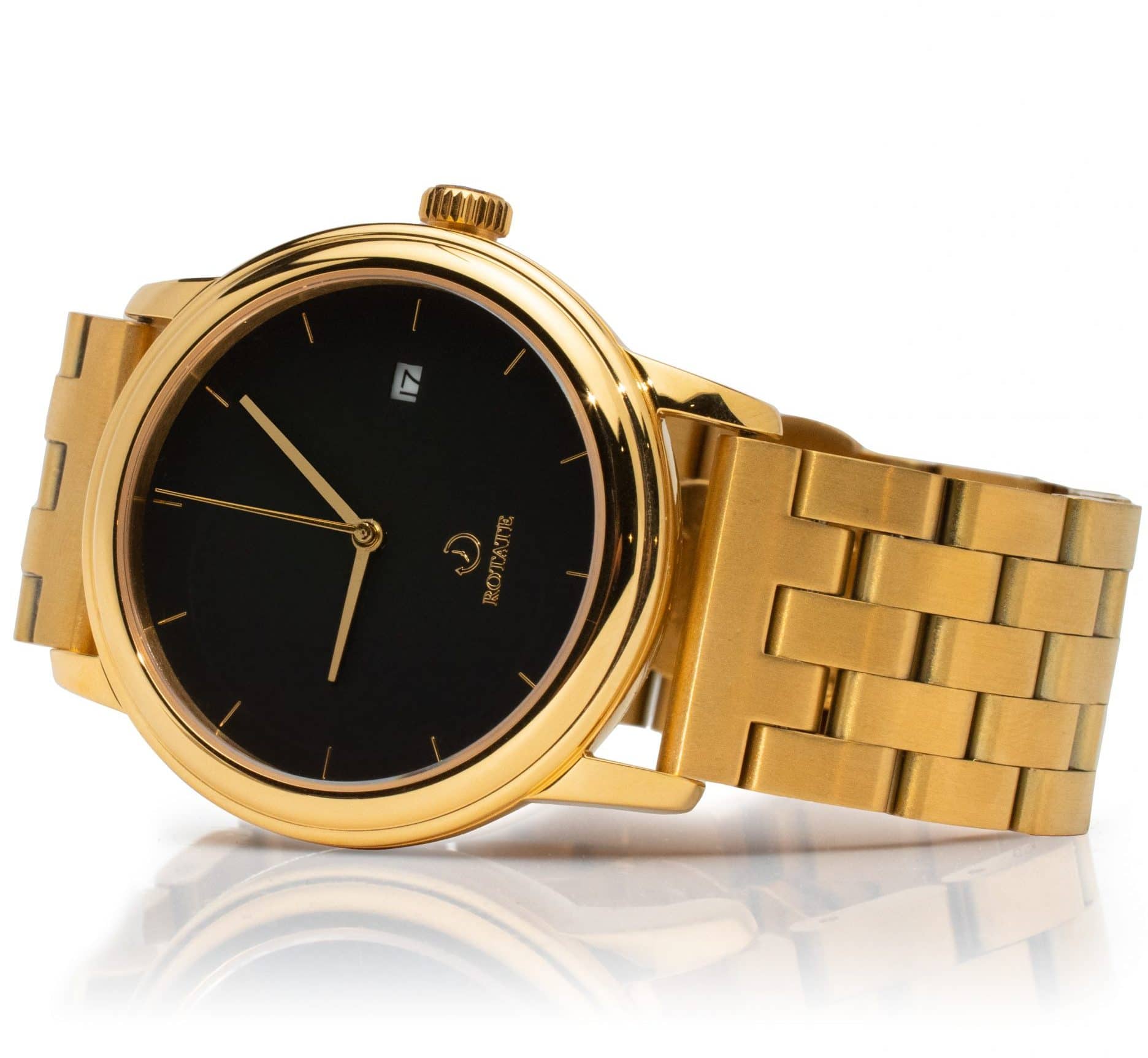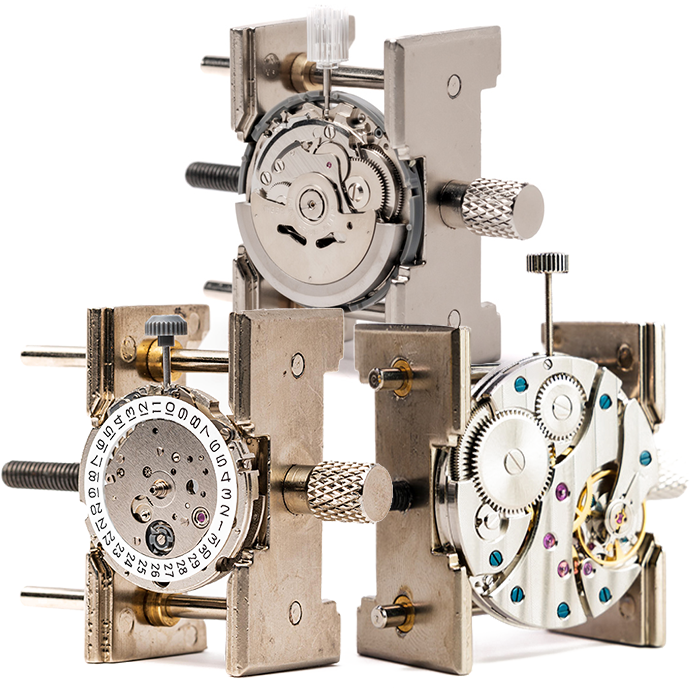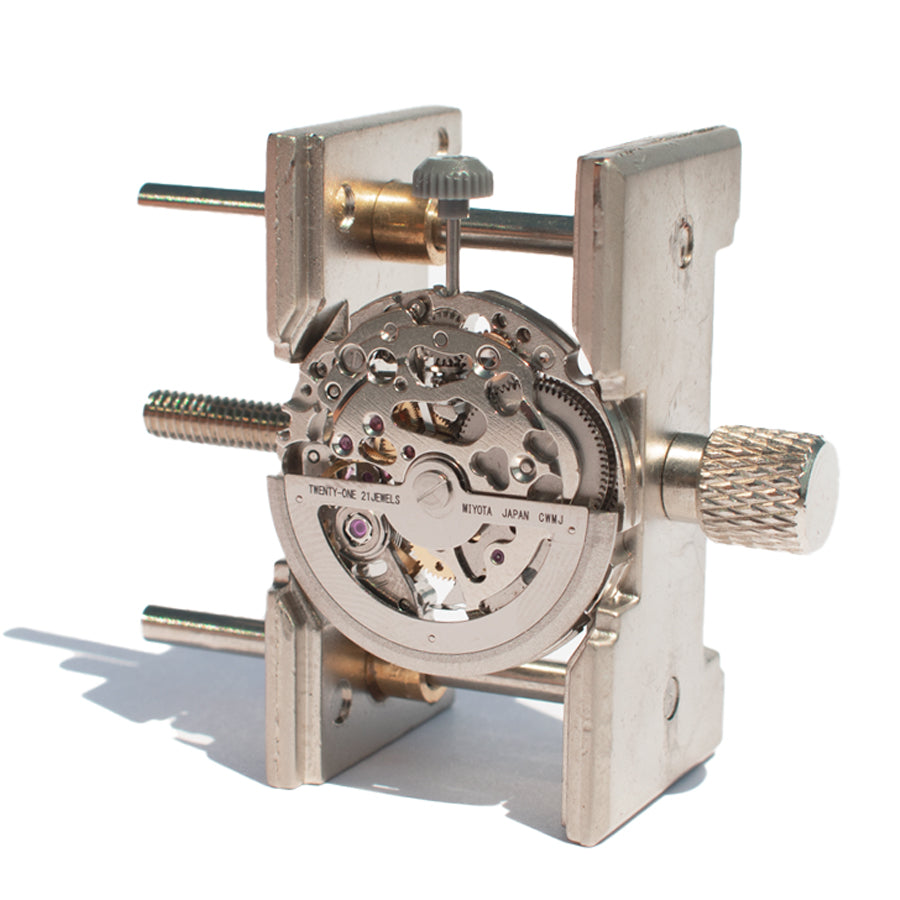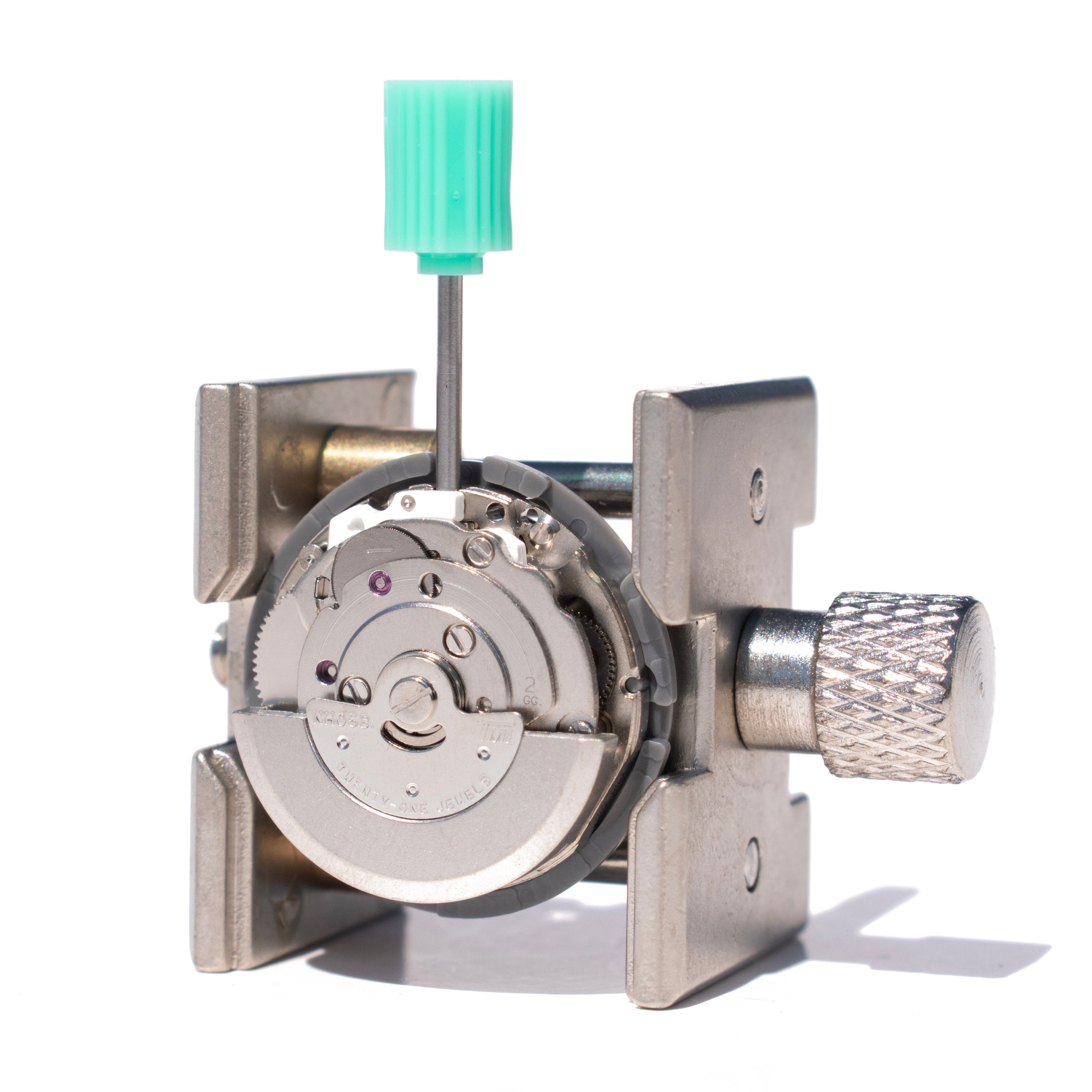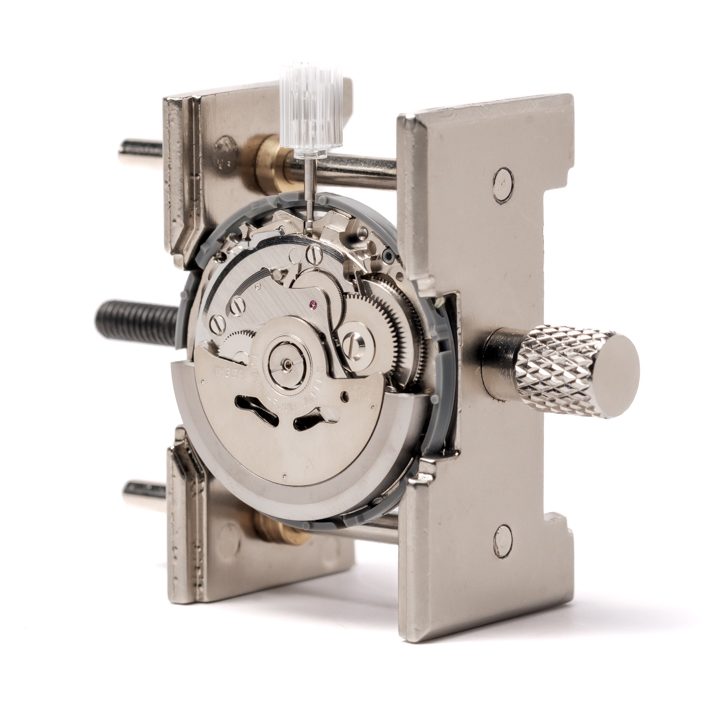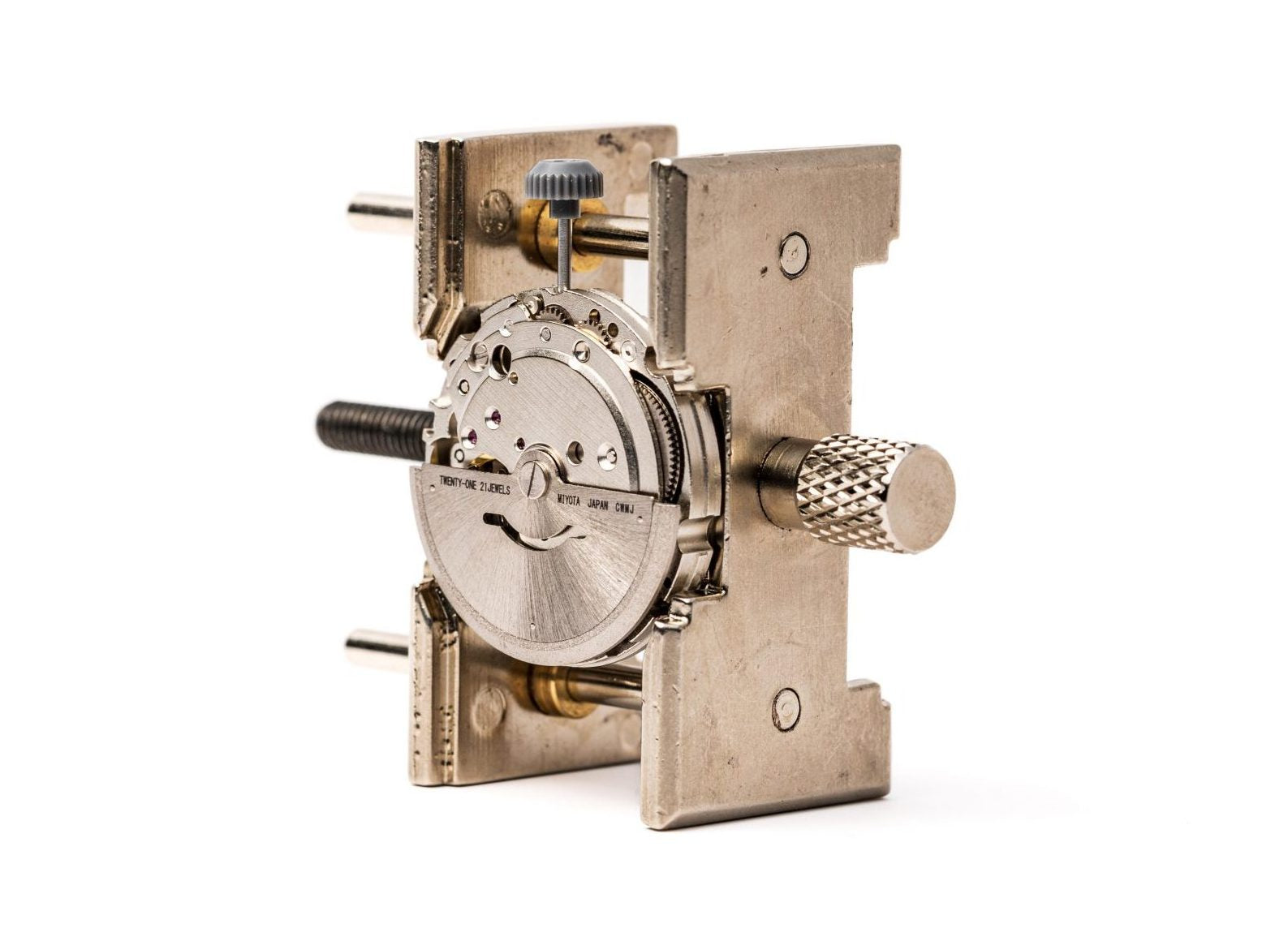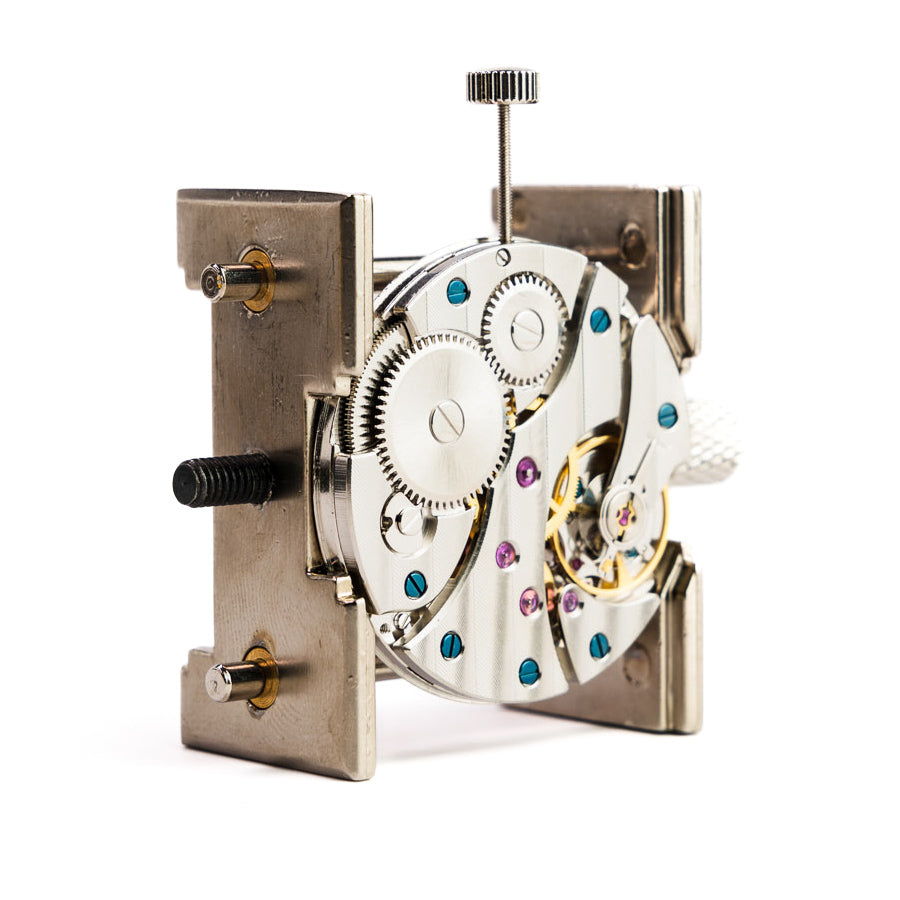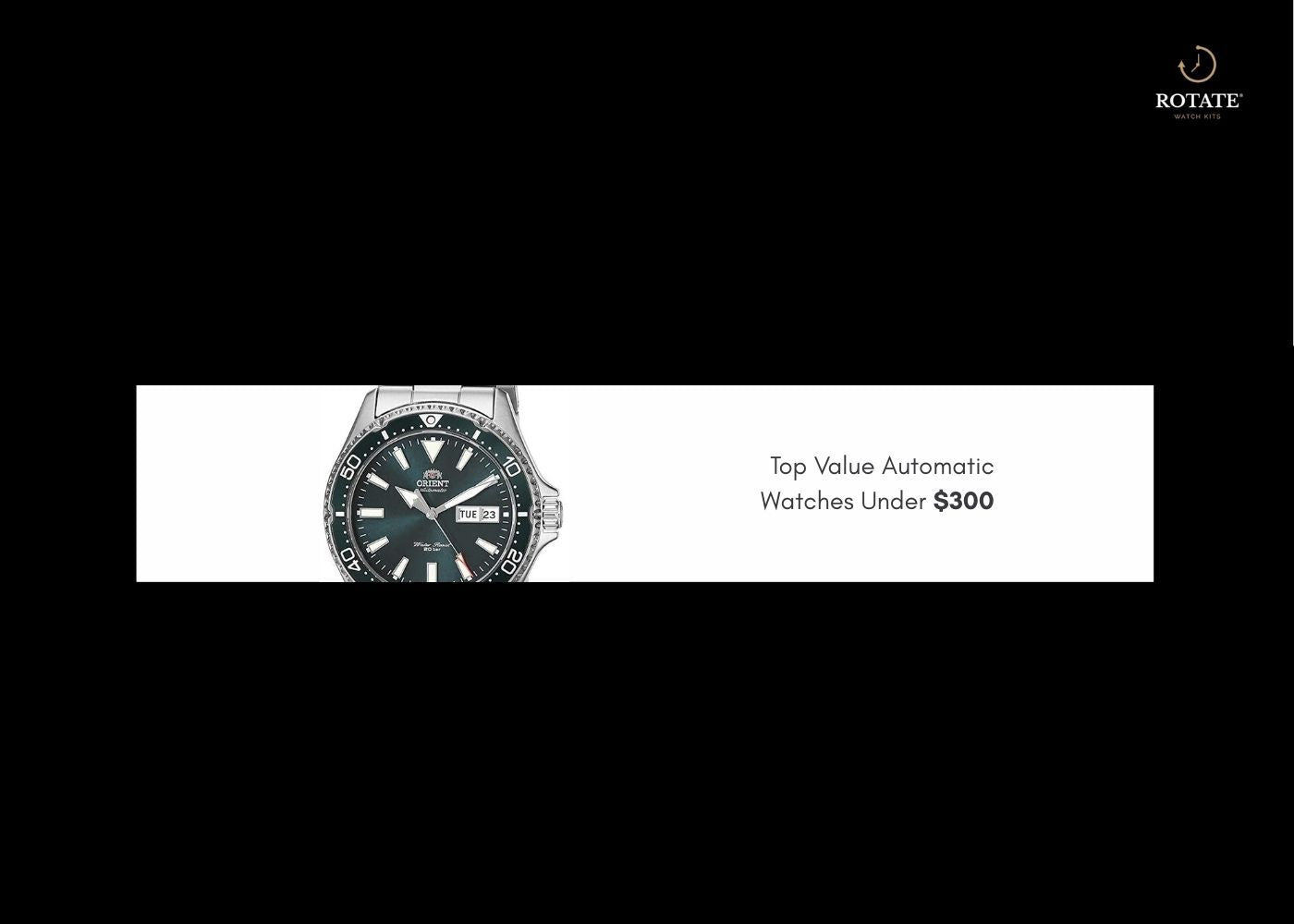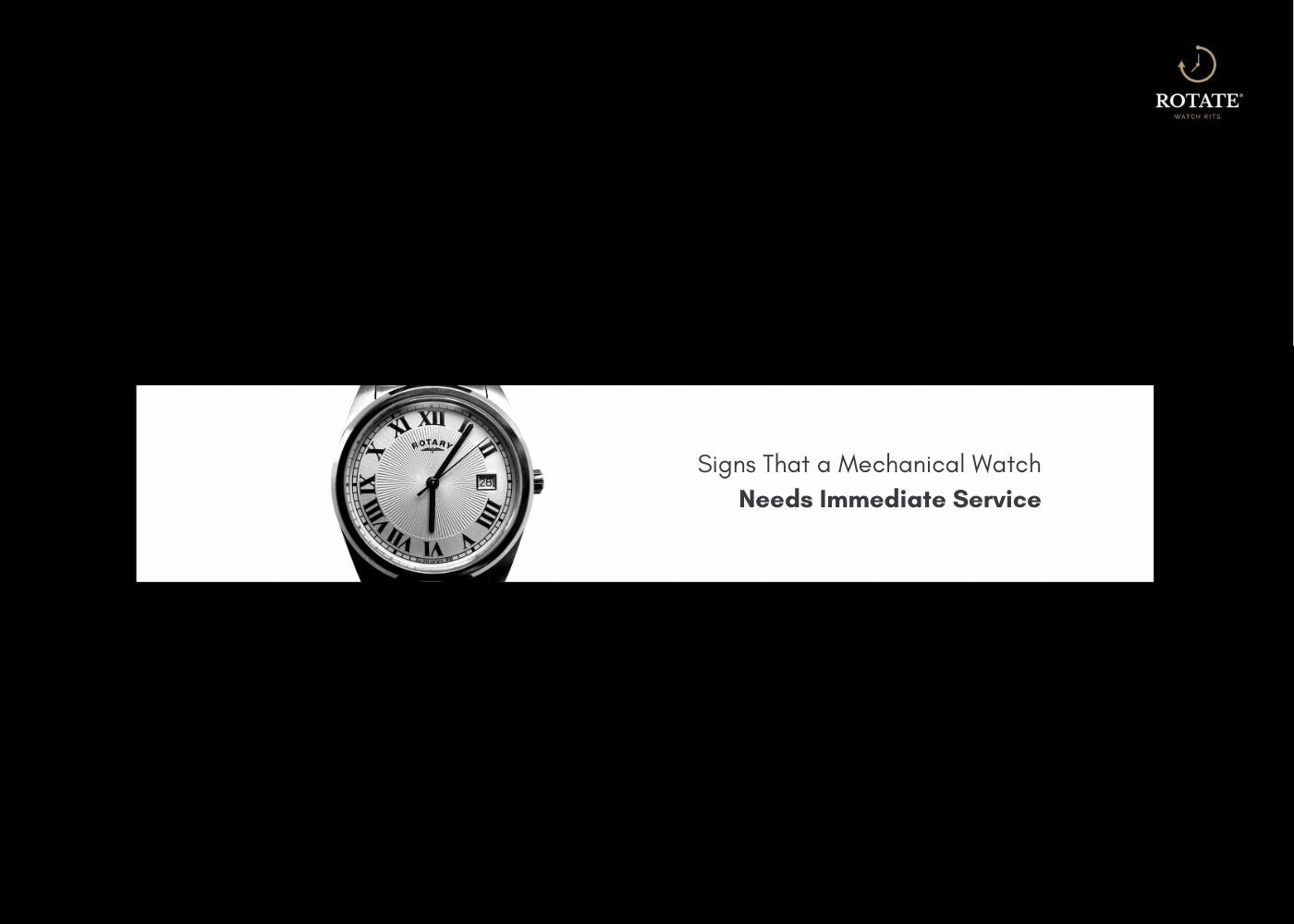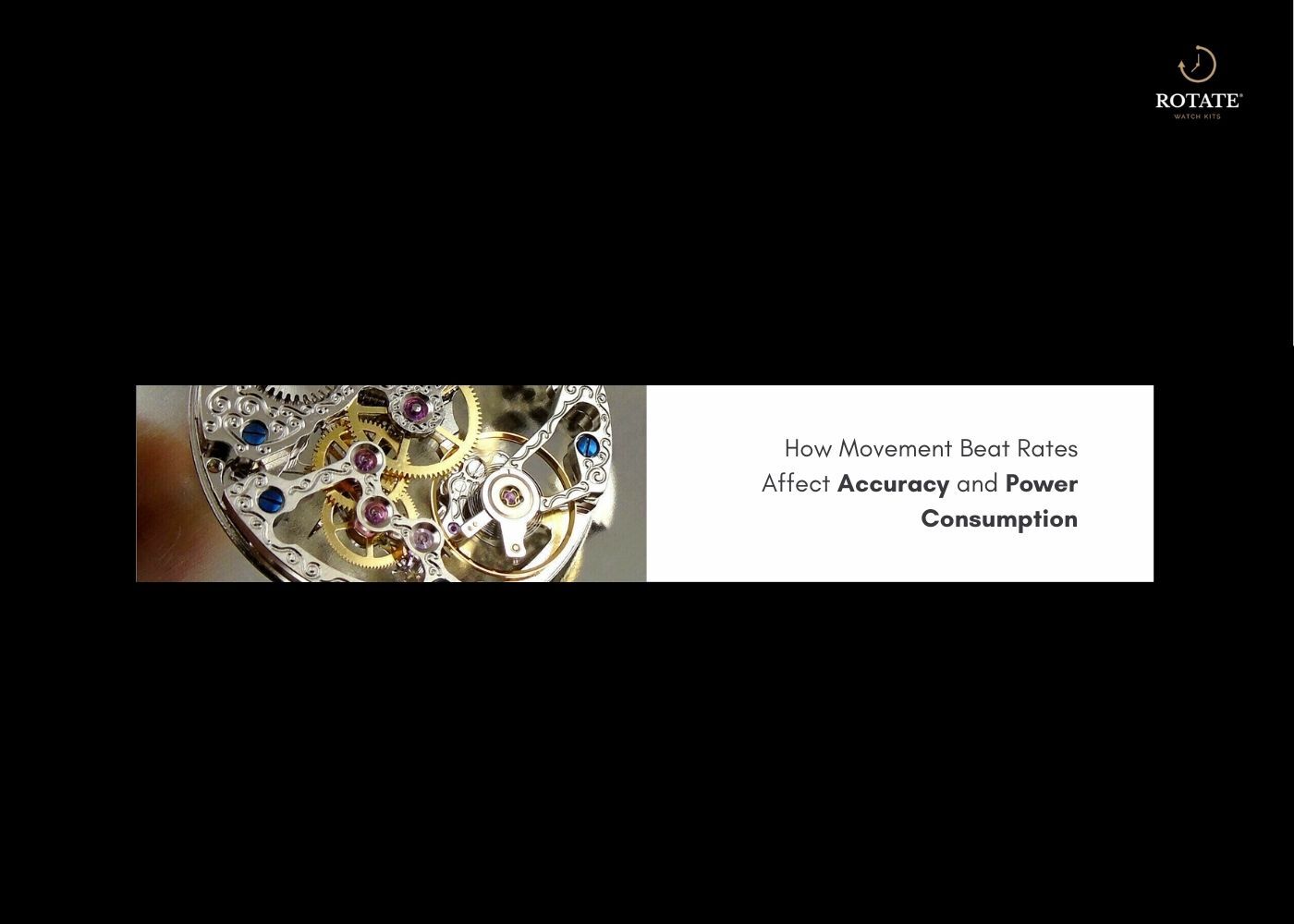
How Movement Beat Rates Affect Accuracy and Power Consumption
Understanding movement beat rates fundamentally changes how you evaluate mechanical watches. The relationship between frequency impact and timekeeping performance affects everything from daily accuracy to maintenance intervals. Whether you're considering a vintage piece with 18,000 vph or a modern high-beat caliber at 36,000 vph, beat rate optimization determines your watch's character, reliability, and long-term ownership experience.
60 Second Summary
Movement beat rates measure how frequently a watch's balance wheel oscillates, typically expressed in vibrations per hour (vph) or Hertz. Higher frequencies like 28,800 vph generally improve accuracy by averaging out minor timing errors and providing smoother second hand movement, but consume more energy and reduce power reserve correlation.
Lower rates like 18,000 vph offer superior energy efficiency and longer running times but with less precision and more pronounced "tick" motion. Modern movements balance these factors through advanced materials and lubrication. The sweet spot for most watches sits at 28,800 vph (4 Hz), providing excellent accuracy with reasonable power consumption. Understanding these trade-offs helps you choose movements that match your priorities, whether building your own timepiece or selecting finished watches.
Understanding Movement Beat Rates and Their Significance
The beat rate of a mechanical movement represents the frequency at which the balance wheel oscillates, directly impacting how time gets divided and measured. Each oscillation represents one "beat," and the total beats per hour determine the movement's fundamental character.
What Frequency Impact Means for Mechanical Movements
Frequency impact extends beyond simple timekeeping to affect the entire movement's behavior. Higher frequencies create more data points for averaging timing errors, while lower frequencies conserve energy but sacrifice precision. Think of it like digital sampling rates - more samples generally mean better accuracy.
The Science Behind Beat Rate Optimization
Beat rate optimization involves balancing accuracy requirements with practical considerations like power consumption and component longevity. Manufacturers choose specific rates based on their target market and intended use cases.
For those interested in experiencing different beat rates firsthand, explore movement building with our Seiko NH36 Movement Kit featuring 21,600 vph, or compare it with our Miyota 8215 Movement Kit at 21,600 vph for hands-on learning.
How Power Reserve Correlation Works with Beat Rates
The relationship between beat rates and power consumption follows predictable patterns that affect practical watch ownership.
Understanding Energy Efficiency in Different Beat Rates
Energy efficiency varies dramatically across beat rate ranges. Lower frequencies require less energy per oscillation, allowing the mainspring to power the movement for extended periods. Higher rates consume energy more rapidly but provide compensation through improved accuracy.
Calculating Power Reserve Correlation Across Frequencies
Power reserve correlation demonstrates clear mathematical relationships. A movement running at 18,000 vph typically achieves 40-50% longer power reserve than the same movement at 28,800 vph, assuming identical mainspring capacity.
Learn more about power reserve fundamentals and their relationship to movement accuracy in our comprehensive guide on how accurate mechanical watches are.
Comparing 28,800 VPH vs Alternatives in Modern Watches
The 28,800 vph standard emerged as the optimal balance point for contemporary mechanical watches, but alternatives serve specific purposes.
Why 28,800 VPH Became the Industry Standard
28,800 vph (4 Hz) provides excellent accuracy while maintaining reasonable power reserves. Most Swiss and Japanese manufacturers adopted this rate because it delivers smooth second hand movement without excessive energy consumption.
Lower Beat Rate Alternatives and Their Benefits
18,000 vph and 21,600 vph movements offer superior longevity and power efficiency. Vintage collectors often prefer these rates for their distinctive "tick" sound and extended running times.
High-Beat Movements Above 28,800 VPH
Movements at 36,000 vph (5 Hz) like Grand Seiko's 9S85 and Zenith's El Primero provide exceptional accuracy and ultra-smooth second hand sweep. However, they require more frequent maintenance and consume significantly more power.
Beat Rate Impact on Daily Accuracy Performance
Beat rates influence real-world accuracy through multiple mechanisms that affect how movements respond to external forces.
How Higher Beat Rates Improve Timekeeping Stability
Higher beat rates create more oscillations per unit time, allowing timing errors to cancel out more effectively. A movement experiencing slight disruption recovers faster when beating at higher frequencies.
Frequency Impact on Shock Resistance
Frequency impact extends to shock resistance, where faster-beating movements maintain better timing stability after impacts. The increased oscillation rate helps re-establish consistent amplitude more quickly.
Temperature Effects on Different Beat Rate Ranges
Beat rate stability varies with temperature changes. Higher frequencies typically show better temperature compensation due to more frequent error averaging, though quality regulation matters more than raw frequency.
Understand more about mechanical movement fundamentals in our detailed exploration of the 5 most accurate watch movements ever made.
Energy Efficiency Considerations Across Beat Rate Spectrum
Energy efficiency becomes crucial for practical watch ownership, especially for occasional wearers who rely on power reserve duration.
Calculating Power Reserve Correlation for Different Frequencies
Power reserve correlation follows predictable patterns where each frequency doubling roughly halves the power reserve, assuming identical mainspring specifications. An 18,000 vph movement might run 60 hours while the same movement at 36,000 vph manages only 30 hours.
Optimizing Energy Efficiency in Movement Selection
Energy efficiency optimization requires balancing accuracy requirements with usage patterns. Daily wearers can benefit from high-beat accuracy, while occasional wearers might prefer extended power reserves from lower frequencies.
Modern Improvements in Beat Rate Energy Management
Contemporary movements achieve better energy efficiency through improved escapements, lighter balance wheels, and advanced lubrication. These innovations allow higher beat rates with less power penalty than historical movements.
Movement Beat Rates and Component Longevity
Movement beat rates directly affect component wear patterns and maintenance intervals through mechanical stress factors.
How Beat Rate Affects Escapement Wear
Higher beat rates increase escapement interactions per unit time, creating more friction and wear. The pallet stones and escape wheel teeth experience significantly more contact at 36,000 vph compared to 18,000 vph.
Frequency Impact on Service Intervals
Frequency impact on maintenance needs follows wear patterns, with high-beat movements typically requiring service every 3-4 years compared to 5-7 years for lower frequencies. However, modern materials and lubrication extend these intervals significantly.
Balancing Performance and Durability in Beat Rate Selection
Beat rate selection involves weighing immediate performance benefits against long-term maintenance costs. Professional timing requirements might justify high-beat complexity, while casual wear favors durability.
Beat Rate Optimization for Different Watch Applications
Beat rate optimization varies significantly based on intended use, from dress watches to professional timing instruments.
Sports and Tool Watch Beat Rate Requirements
Sports applications often benefit from higher beat rates due to improved shock recovery and timing stability during active wear. Dive watches and GMT pieces frequently use 28,800 vph for this reason.
Dress Watch Beat Rate Preferences
Dress watches traditionally favor lower beat rates for their quieter operation and extended power reserves. The subtle "tick" of an 18,000 vph movement suits formal occasions better than aggressive high-beat sounds.
Chronograph-Specific Beat Rate Considerations
Chronographs require higher beat rates for precise fraction-second timing. Most mechanical chronographs use 28,800 vph minimum, with many high-end pieces operating at 36,000 vph for 1/10 second accuracy.
For hands-on experience with different movement types and their characteristics, explore our complete watchmaking kitsor dive deeper into movement mechanics with specialized movement building kits.
Beat Rate Comparison Across Major Movement Families
Different movement families approach beat rate selection based on their design philosophy and target applications.
|
Movement Family |
Typical Beat Rate |
Accuracy Range |
Power Reserve |
Best Applications |
Maintenance Interval |
|
Swiss ETA 2824-2 |
28,800 vph (4 Hz) |
±10-15 seconds/day |
38-42 hours |
General purpose, sports |
4-5 years |
|
Seiko NH35/36 |
21,600 vph (3 Hz) |
±15-25 seconds/day |
40-45 hours |
Entry-level, modifications |
5-7 years |
|
Miyota 8215 |
21,600 vph (3 Hz) |
±20-30 seconds/day |
40+ hours |
Budget watches, mods |
5-7 years |
|
Grand Seiko 9S |
28,800 vph (4 Hz) |
±10-15 seconds/day |
55-72 hours |
Luxury daily wear |
3-4 years |
|
Zenith El Primero |
36,000 vph (5 Hz) |
±5-10 seconds/day |
50+ hours |
Chronographs, precision |
3-4 years |
|
Seagull ST3600 |
21,600 vph (3 Hz) |
±20-40 seconds/day |
40-45 hours |
Manual wind, learning |
5-7 years |
|
Omega Co-Axial |
25,200 vph (3.5 Hz) |
±5-10 seconds/day |
48-60 hours |
Anti-magnetic, luxury |
4-5 years |
|
Rolex 3135 |
28,800 vph (4 Hz) |
±2-5 seconds/day |
48+ hours |
Professional sports |
5-7 years |
|
Patek Philippe |
21,600-28,800 vph |
±2-4 seconds/day |
35-65 hours |
Haute horlogerie |
3-5 years |
|
Vintage Pocket |
18,000 vph (2.5 Hz) |
±30-60 seconds/day |
30-40 hours |
Collections, heritage |
5-10 years |
Learn more about specific movement characteristics in our detailed guides on top Swiss movements and Japanese movement technology.
Modern Beat Rate Technology and Innovation
Contemporary movement beat rates benefit from advanced materials and manufacturing techniques that optimize the traditional frequency trade-offs.
Silicon Escapements and Beat Rate Performance
Silicon components reduce friction and improve energy efficiency across all beat rates. These innovations allow higher frequencies with reduced power consumption and extended service intervals.
Anti-Magnetic Technology and Frequency Impact
Modern anti-magnetic materials minimize frequency impact from electromagnetic interference. Movements like Omega's Co-Axial Master Chronometer maintain consistent beat rates despite magnetic exposure.
Variable Inertia Balance Wheels and Beat Rate Optimization
Adjustable balance wheels enable fine-tuned beat rate optimization without traditional regulator systems. These designs improve both accuracy and long-term stability.
Practical Beat Rate Selection Guide for Watch Buyers
Choosing appropriate beat rates depends on personal priorities, usage patterns, and maintenance preferences.
Beat Rate Recommendations for Different User Types
Daily wearers benefit from 28,800 vph movements for their accuracy and reasonable maintenance. Occasional wearers might prefer 21,600 vph for extended power reserves.
Energy Efficiency Priorities vs Accuracy Needs
Energy efficiency becomes crucial for watches worn sporadically, while accuracy takes precedence for professional timing applications. Understanding your priorities guides optimal beat rate selection.
Budget Considerations for Different Beat Rate Ranges
Higher beat rates typically increase both initial cost and long-term maintenance expenses. Factor these costs into your decision-making process when comparing movements.
Movement Beat Rate Impact on Watch Building and Modification
Movement beat rates significantly affect DIY watch building and modification projects through compatibility and performance considerations.
Beat Rate Compatibility in Custom Builds
Custom watch builds must consider beat rate compatibility between movements and cases. Higher frequencies might require additional shock protection or modified case designs.
Frequency Impact on Modification Potential
Frequency impact affects modification possibilities, with lower beat rate movements often offering more regulating adjustment range. This makes them popular choices for learning projects.
For hands-on experience building watches with different beat rates, start with our beginner-friendly Cabot Watchmaking Kit or explore advanced movement work with our Mega Movement Kit Bundle.
Advanced Beat Rate Measurement and Regulation Techniques
Understanding movement beat rates through measurement and adjustment requires specialized knowledge and tools.
Measuring Beat Rate Accuracy with Timing Machines
Professional timing machines measure beat rate variations and amplitude consistency. These tools reveal how frequency impact affects real-world performance under different conditions.
Beat Rate Optimization Through Regulation Adjustments
Beat rate optimization involves fine-tuning regulator positions and balance wheel timing weights. These adjustments can improve accuracy without changing fundamental frequency characteristics.
Temperature Compensation and Beat Rate Stability
Temperature compensation systems minimize beat rate drift across environmental conditions. Quality movements maintain consistent frequencies regardless of ambient temperature variations.
Understand more about movement regulation and timing in our comprehensive guide on how accurate automatic watches are.
Beat Rate Trends and Future Development
Movement beat rate technology continues evolving through materials science and manufacturing innovations.
Emerging Beat Rate Technologies
New escapement designs and balance wheel materials enable previously impossible beat rate combinations. Some experimental movements achieve high-beat accuracy with traditional power consumption.
Energy Efficiency Improvements in Modern Movements
Energy efficiency advances through improved lubrication and reduced friction allow higher beat rates with minimal power penalty. These innovations democratize high-performance timing.
Beat Rate Implications for Smartwatch Integration
Hybrid mechanical-electronic watches explore variable beat rates for different functions. These designs optimize energy efficiency by adjusting frequency based on usage requirements.
Time isn't just measured, it's engineered with precision.
Master the science of timekeeping with Rotate Watches, where movement beat rate knowledge transforms into hands-on expertise.
Explore our movement-focused kits to experience different beat rates firsthand, or dive into complete watch building with our comprehensive watch kits.
Your understanding of mechanical precision starts with a single oscillation. Begin your journey today
FAQ
Q. How does movement beat rate affect watch accuracy?
Ans. Higher movement beat rates generally improve accuracy by allowing timing errors to average out more effectively and providing better stability against external disturbances like shocks and temperature changes.
Q. What is the difference between 21,600 vph and 28,800 vph movements?
Ans. 28,800 vph movements offer smoother second hand sweep and typically better accuracy, while 21,600 vph movements provide longer power reserves and reduced component wear with slightly less precision.
Q. Do high beat rate movements require more maintenance?
Ans. Yes, high beat rate movements typically need service every 3-4 years compared to 5-7 years for lower frequencies due to increased component wear from more frequent escapement interactions.
Q. Which beat rate offers the best power reserve?
Ans. Lower beat rates like 18,000-21,600 vph provide the best power reserve correlation, often running 40-50% longer than equivalent 28,800 vph movements with the same mainspring capacity.
Q. Are higher beat rates always more accurate?
Ans. Not necessarily. While higher beat rates have theoretical accuracy advantages, movement quality, regulation, and manufacturing precision often matter more than raw frequency for real-world timekeeping performance.
Q. Can I change a movement's beat rate?
Ans. Movement beat rates are determined by the balance wheel and escapement design and cannot be changed without major modifications. However, fine regulation adjustments can optimize timing within the existing frequency range.
{ "@context": "https://schema.org", "@type": "FAQPage", "mainEntity": [ { "@type": "Question", "name": "How does movement beat rate affect watch accuracy?", "acceptedAnswer": { "@type": "Answer", "text": "Higher movement beat rates generally improve accuracy by allowing timing errors to average out more effectively and providing better stability against external disturbances like shocks and temperature changes." } }, { "@type": "Question", "name": "What is the difference between 21,600 vph and 28,800 vph movements?", "acceptedAnswer": { "@type": "Answer", "text": "28,800 vph movements offer smoother second hand sweep and typically better accuracy, while 21,600 vph movements provide longer power reserves and reduced component wear with slightly less precision." } }, { "@type": "Question", "name": "Do high beat rate movements require more maintenance?", "acceptedAnswer": { "@type": "Answer", "text": "Yes, high beat rate movements typically need service every 3-4 years compared to 5-7 years for lower frequencies due to increased component wear from more frequent escapement interactions." } }, { "@type": "Question", "name": "Which beat rate offers the best power reserve?", "acceptedAnswer": { "@type": "Answer", "text": "Lower beat rates like 18,000-21,600 vph provide the best power reserve correlation, often running 40-50% longer than equivalent 28,800 vph movements with the same mainspring capacity." } }, { "@type": "Question", "name": "Are higher beat rates always more accurate?", "acceptedAnswer": { "@type": "Answer", "text": "Not necessarily. While higher beat rates have theoretical accuracy advantages, movement quality, regulation, and manufacturing precision often matter more than raw frequency for real-world timekeeping performance." } }, { "@type": "Question", "name": "Can I change a movement's beat rate?", "acceptedAnswer": { "@type": "Answer", "text": "Movement beat rates are determined by the balance wheel and escapement design and cannot be changed without major modifications. However, fine regulation adjustments can optimize timing within the existing frequency range." } } ] }


